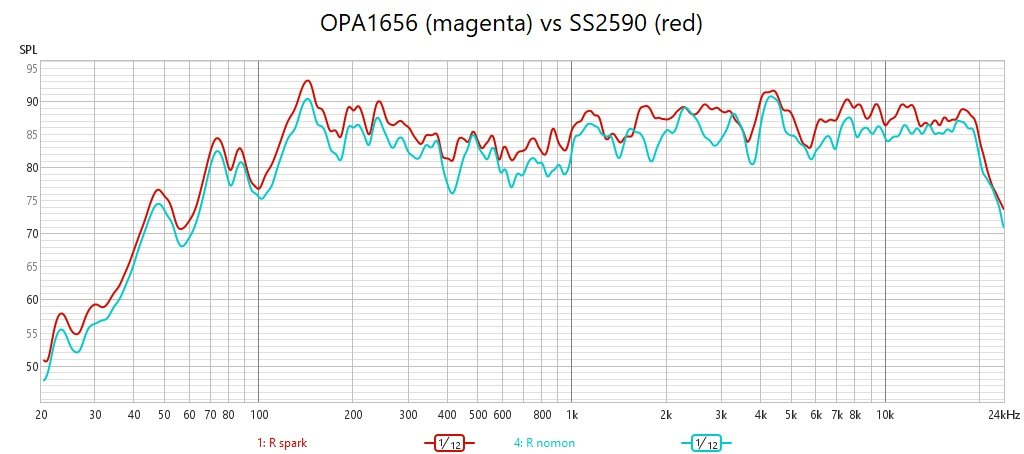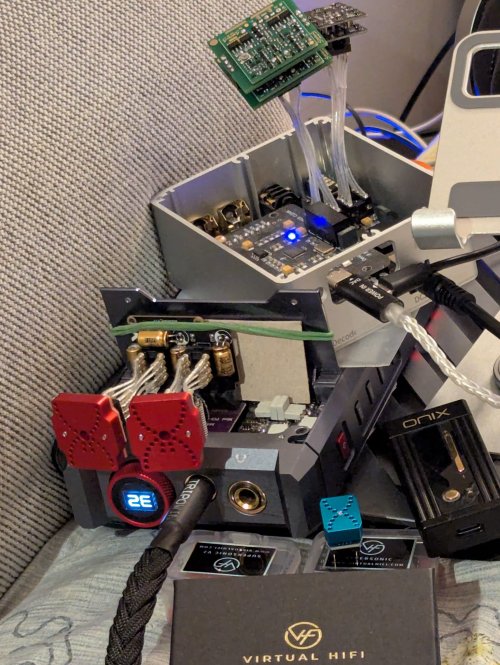trooper05
New Head-Fier
- Joined
- Aug 31, 2013
- Posts
- 32
- Likes
- 15
"Whatever you end up using, be sure to add a WIMA cap across the power pins (pins 4 & 8 on duals, pins 4 & 7 on mono/singles)"
Will this provide any benefit on a Asus STX?
I currently run LME49990 super analytical OPAMP, I am after some OPA627's (Apprently sound more relaxed, laid back) but they are way too expensive and too many fakes around. Can anyone recommend something similar? Would OPA827 be a good choice?
Any advice would be appreciated!
Will this provide any benefit on a Asus STX?
I currently run LME49990 super analytical OPAMP, I am after some OPA627's (Apprently sound more relaxed, laid back) but they are way too expensive and too many fakes around. Can anyone recommend something similar? Would OPA827 be a good choice?
Any advice would be appreciated!




























